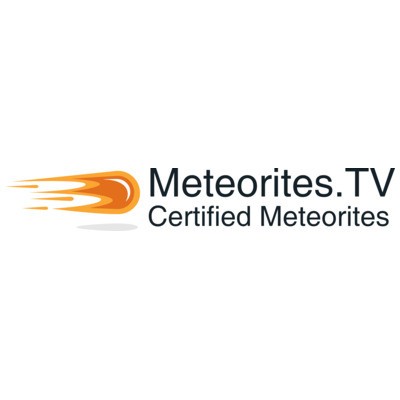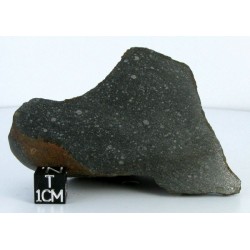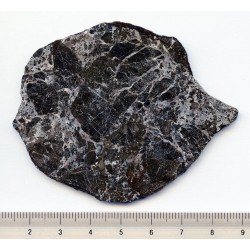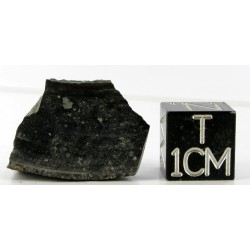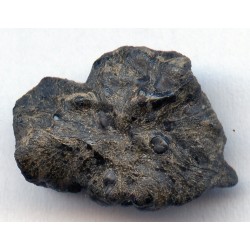- Lunar Meteorites
- Martian Meteorites
- Meteorite Classification
-
Buy Meteorites By Classification
- Lunar A
-
Iron Meteorites
- Campo Del Cielo Meteorites For Sale
- Meteor Crater Meteorite
- Meteorites From The Meteor Crater
- IIE Iron Meteorites
- Odessa Meteorite
- Gibeon Meteorite
- Octahedrites
- Hexahedrites
- Ataxites
- Silicated Iron
- Sikhote Alin Meteorite
- IAB Iron Meteorites
- IIAB Iron Meteorites
- IIC Iron Meteorites
- IID Iron Meteorites
- IIF Iron Meteorites
- IIG Iron Meteorites
- IIIAB Iron Meteorites
- IIICD Iron Meteorites
- IIIE Iron Meteorites
- IIIF Iron Meteorites
- IVA Iron Meteorites
- IVB Iron Meteorites
- Ungrouped Iron Meteorites
- Muonionalusta Meteorite
- IC Iron Meteorites for sale
- Canyon Diablo Meteorite
- Henbury
- IIIA Iron Meteorites
- Cape York Meteorite
- Unclassified Iron Meteorites
- Toluca Meteorite
- brenham Meteorite
- Gibeon Meteorites For Sale
- Plessitic Octahedrites
- Glorieta Mountain Iron Meteorite
- Seymchan Meteorite
- Wabar Meteorite
- La Caille Meteorite
- Lunar mare Basalt, lunar B
-
Carbonaceous Chondrites
- Carbonaceous chondrites CB
- Carbonaceous chondrites CI
- Carbonaceous chondrites CO
- Carbonaceous chondrites CM
- Carbonaceous chondrites CV
- Carbonaceous chondrites CR
- Carbonaceous chondrites CK
- Ungrouped Carbonaceous chondrites
- Carbonaceous Chondrites CH
- Carbonaceous Chondrite Grouplet
- Sutter's Mill Meteorite For Sale
-
Pallasites
-
Main Group Pallasites
- Esquel pallasite
- Imilac pallasite
- Fukang Pallasite
- Glorieta Mountain pallasite
- Krasnojarsk pallasite
- Marjalahti Pallasite
- Brahin Pallasite
- Huckitta Pallasite
- Seymchan Pallasite
- Brenham Pallasite
- Admire Pallasite
- Albin Pallasite
- Krasnoyarsk Pallasite
- Springwater Pallasite
- Ahumada Pallasite
- Imilac Meteorite
- Fukang Meteorite
- Krasnojarsk Meteorite
- Eagle Station Pallasites (ESP)
- Pyroxene Pallasites (PXP)
- Pallasites for sale
- Esquel Meteorite
- Eagle Station Meteorite
-
Main Group Pallasites
-
Chondrites
-
Achondrites
- Meteorite Thin Sections
- Stony-Iron Meteorites
- Tektites
- LUN-M, Mingled Mare
- Types of Meteorites
- LUN G (Lunar Gabbro), lunar meteorites
- Moon Meteorites
- pallasite
- Martian Meteorite
- Unique meteorites sold
- Videos of Meteorites
- lunar meteorite hunters
Filter By
Others Chondrites
Others Chondrites
Other, less common chondrite groups provide important insight into our early solar system history, as well as details on chondrite formation. In our carbonaceous chondrite section we explained how specific groups formed under variable oxidizing conditions based upon their distance from the Sun. For example, the CI and CM chondrite groups formed under the more oxidizing conditions present in the outer regions of the solar nebula. In contrast, groups such as the CO and CH chondrites formed under more reducing conditions, indicative of a closer proximity to the Sun. The same holds true for the other chondrite groups and they can be placed into a continuous sequence along with the ordinary chondrites.
On one extreme, we find the highly reduced enstatite, or E chondrites that must have formed more closely to the Sun than the H, L, or LL chondrites. At the other extreme, we find the highly oxidized rumurutiites, or R chondrites that attest to a formation further from the Sun. We will elaborate on both groups in the respective sections.
Finally, we’d like to introduce two other groups or grouplets of chondrites that don’t easily fit into existing schemes. The kakangariites, or K chondrites consist of only three members, while the forsterite, or F chondrites are a more hypothetical grouplet. Its “members” are merely inclusions that have been found as xenoliths inside certain brecciated achondrites.
There are 4 products.
Showing 1-4 of 4 item(s)
